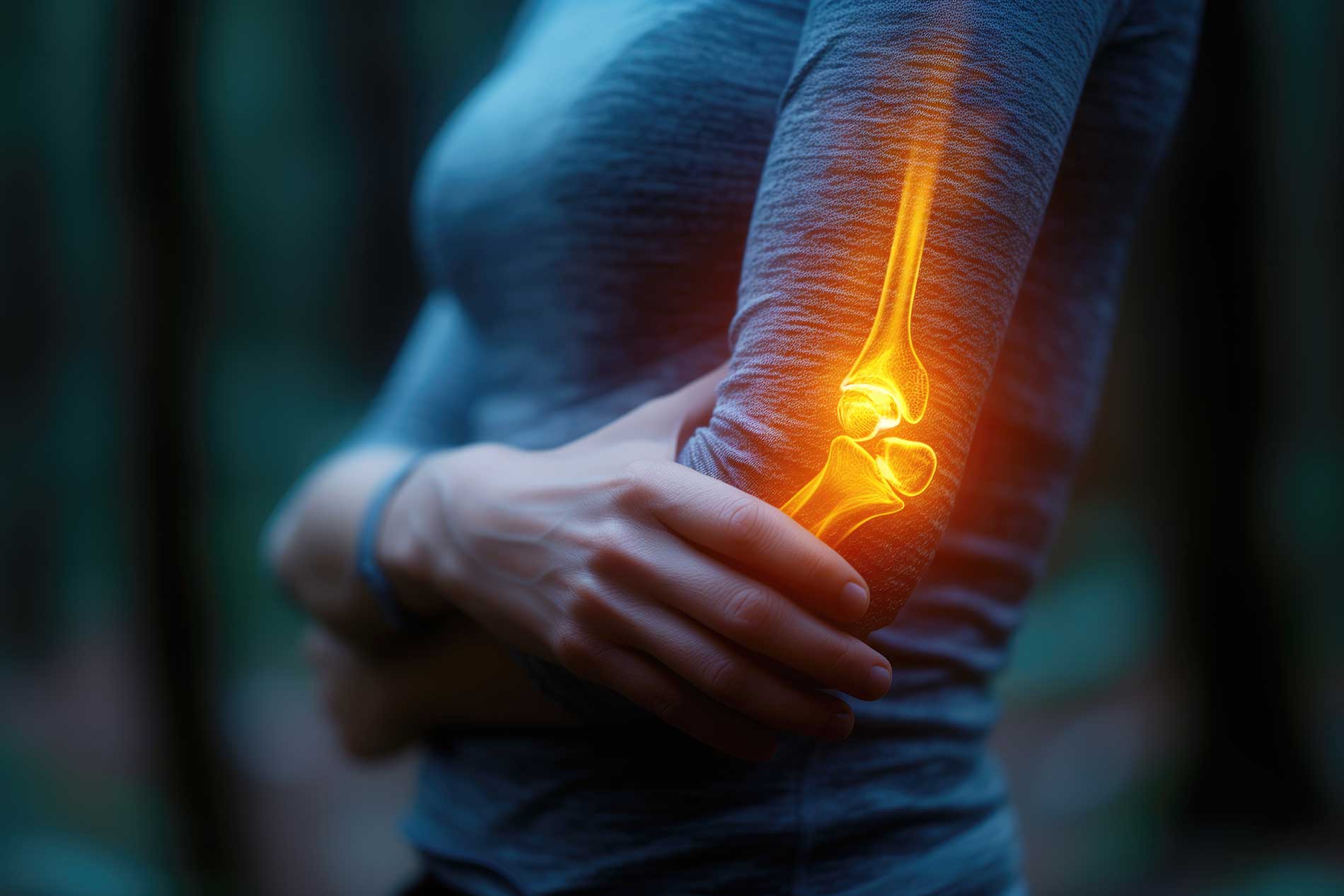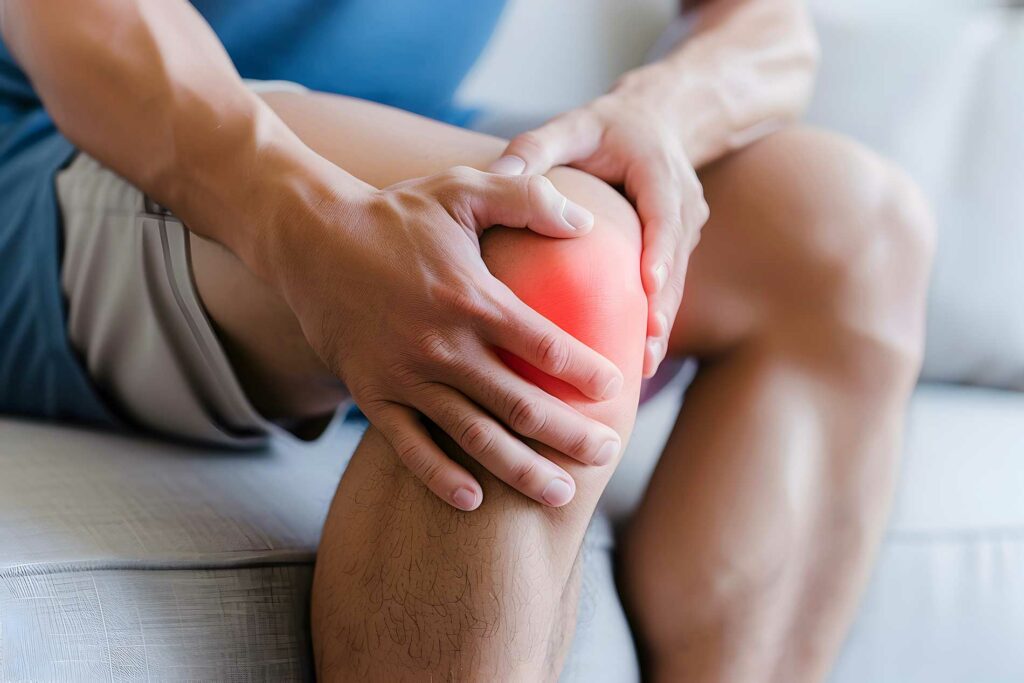Bursitis is a painful condition that affects the bursae, which are small, fluid-filled sacs that act as cushions between bones and soft tissues such as muscles, tendons, and skin. These sacs help reduce friction during joint movement. When a bursa becomes inflamed, it results in bursitis, leading to joint pain and tenderness.
Causes of Bursitis
Bursitis can be caused by repetitive motion or pressure on a joint, which leads to irritation and inflammation of the bursae. Common activities that may cause bursitis include gardening, painting, shovelling, or even prolonged kneeling. In addition, sudden trauma or injury, such as a fall or bump, can also cause bursitis. Certain medical conditions, like rheumatoid arthritis, gout, or diabetes, can increase the risk of developing bursitis. Infections in the bursae, though rare, can also lead to inflammation.
Symptoms of Bursitis
The primary symptoms of bursitis include pain, swelling, and tenderness around the affected joint. The pain is often described as a dull ache that can become more severe with motion or pressure. The affected area might also feel warm and appear red if inflammation is present. Common sites for bursitis are the shoulder, elbow, hip, and knee, although it can occur in any bursa in the body.
Treatment for Bursitis
Treating bursitis typically begins with conservative measures aimed at reducing inflammation and alleviating pain. Resting the affected joint and avoiding activities that may aggravate the condition are essential. Applying ice packs to the area can help reduce swelling and pain. Over-the-counter nonsteroidal anti-inflammatory drugs (NSAIDs), such as ibuprofen or naproxen, can also provide relief.
In cases where conservative treatments are insufficient, a healthcare provider may recommend other interventions. These can include physical therapy exercises that focus on strengthening and improving the flexibility of the muscles around the joint. Corticosteroid injections may be administered to reduce severe inflammation. In rare cases, if an infection is present, antibiotics might be prescribed. Surgical intervention is generally considered a last resort when other treatments fail to provide relief.
Prevention Tips
Preventing bursitis involves taking steps to avoid repetitive stress on joints. Using proper techniques and equipment during physical activities, taking regular breaks, and engaging in exercises that strengthen and stretch muscles can help. Wearing protective gear, such as knee pads, can also provide additional cushioning for joints prone to pressure.
By understanding the causes and treatment options for bursitis, individuals can take proactive measures to manage and prevent this painful condition, ensuring better joint health and overall well-being.
Home Healthcare Supplies in Vernon and Salmon Arm BC
Contact us for a free home assessment for mobility and rehabilitation solutions. At Lakeside Medical Supplies, our years of experience in the healthcare supply industry allows us to offer exceptional service. We are your local supplier of rental medical equipment and supplies and our staff have over fifteen years of experience in providing the right home healthcare products. We understand your needs and can help you select the right products for your budget. We have a team of qualified technicians to offer reliable assistance.
We have two accessible locations in Vernon (250) 542-2425 and Salmon Arm (250) 832-2431 and offer free delivery to your door for orders over $100.
Visit Us on Facebook
Shop Online for Medical Supplies


